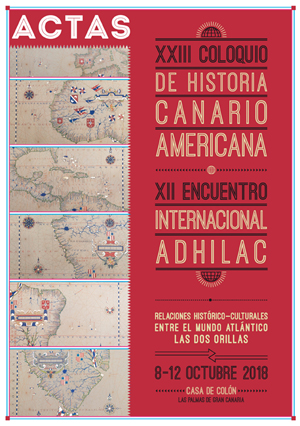La producción de materiales constructivos en Canarias durante los siglos XVI, XVII y XVIII: el caso de la cantería tradicional de Arucas (Gran Canaria, Islas Canarias) / The production of construction materials in the Canary islands from the 16th until...
Resumen
Dentro de las industrias artesanas del Antiguo Régimen en Canarias es la dedicada a la construcción la que tiene mayor relevancia, por el volumen de contratos y sus características. La cantería, a su vez, sobresale a partir del siglo XVI debido a la necesidad de ejecutar obras públicas y religiosas, así como la fabricación de piedras de molinos y de viviendas, hecho que se vio agravado después del ataque de Van der Does (1599). Debido a la presencia de canteras de traquita-fonolita se inició en Arucas el trabajo artesanal de la cantería, documentándose los oficios de maestro mayor, maestre, menestrado y cantero. Esta artesanía tradicional, basada el uso de herramientas como la escoda, maceta, gradina, mandarria, etc., era ejercida a través de los cabuqueros, repartidores, entalladores, labrantes y tallistas y se prolongó hasta finales del siglo XX, perviviendo gracias a la autarquía franquista surgida después de la II Guerra Mundial.
In the case of the craft industries of the Old Regime in the Canary Islands is the one dedicated to construction, which has the more relevance, for the volume of contracts and their characteristics. The stonework, at the same time, stands out from the 16th century because of the need to implement public and religious works, as well as the manufacture of stones from mills and houses, a fact that was aggravated after the attack of Van der Does (1599). Because of the presence of quarries of traquita-phonolite, the craft work was started in Arucas with the stonework, documenting the trades of master, stonework, stonework officer and stonemason. This traditional craft, based on the use of tools such as scotch, pot, “gradina”, “mandarria”, etc., was exercised through the quarrymen, tradesmen, engravers, stoneworkers and carvers lasted until the end of the 20th century, surviving thanks to the Franco’s autarchy emerged after World War II.




